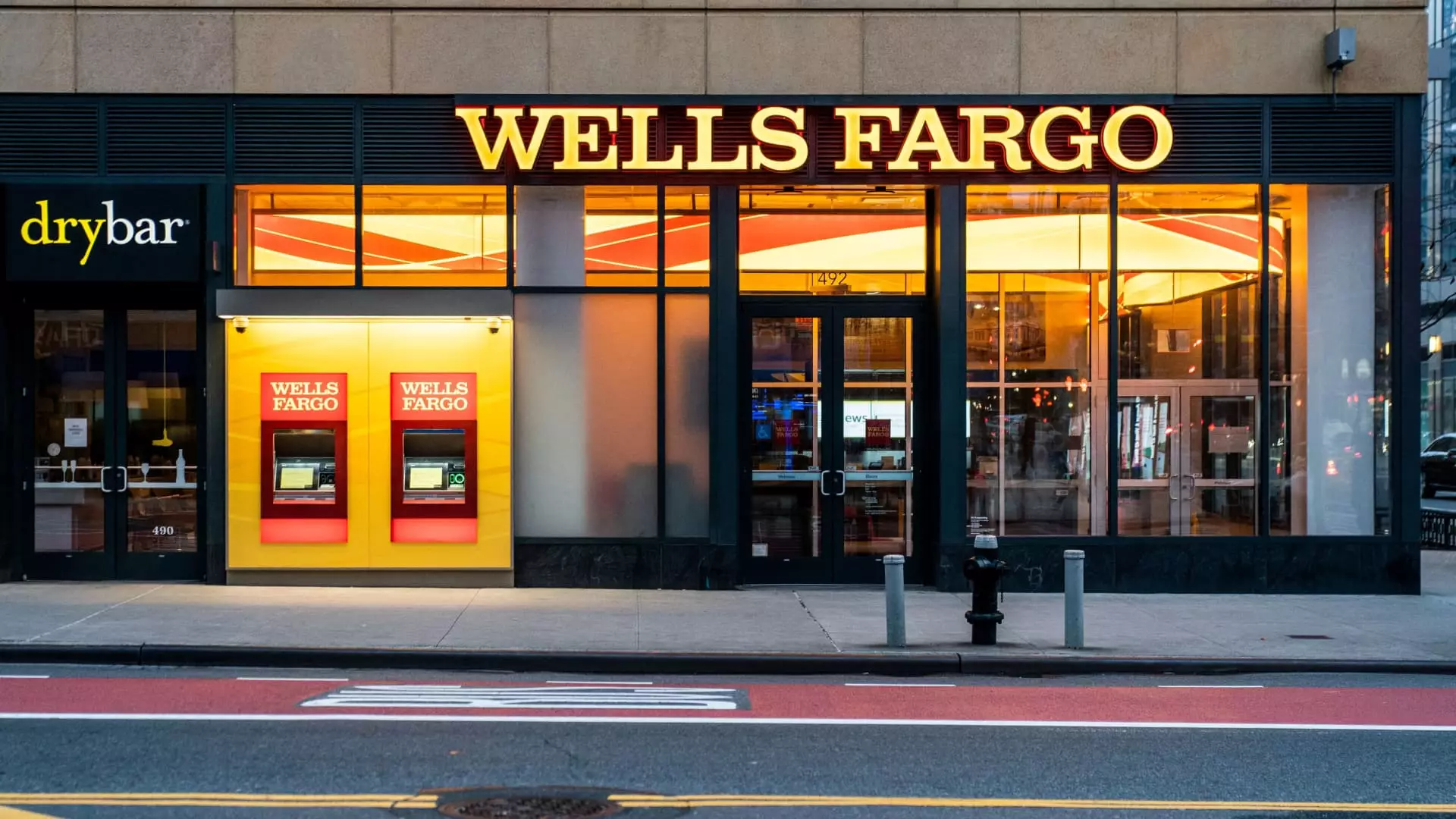Wells Fargo recently released its quarterly earnings, and the numbers tell a story of cautious optimism mingled with sharp realities. In a financial landscape where expectations run high, the bank’s reported quarterly revenue of $20.15 billion fell short of Wall Street’s anticipations of $20.75 billion. This 3% decline yells not just misjudgments in forecasting but also suggests a broader trend of instability that financial institutions must navigate. It is concerning that even while adjusting for previously announced gains in other segments, the adjusted earnings per share (EPS) of $1.33 exceeded estimates yet did little to uplift investor confidence, as shares plummeted by 1%.
The Interest Income Dilemma
When we dig deeper, one of the most alarming statistics is Wells Fargo’s net interest income, which fell 6% year-over-year to $11.50 billion. This figure is crucial, as it directly correlates to the bank’s ability to generate revenue through its lending activities. A decline in this area signals that the bank, which has often relied on interest income as a core revenue source, faces challenges that could hinder its growth. While noninterest income crept up slightly to $8.65 billion, it simply wasn’t enough to stem the tide of the declining interest segment.
Leadership Insights and Economic Climate
Wells Fargo’s CEO, Charlie Scharf, did not shy away from highlighting the economic uncertainties posed by the Trump administration’s sweeping trade changes. His remarks reflect a critical stance on government policy and its implications for the financial sector. The recognition of these significant risks is a breath of fresh air in an era of corporate double-speak. Scharf’s call for a timely resolution to the trade barriers is a pragmatic approach, one that fosters an environment for businesses and consumers but also reveals the balancing act necessary to prevent long-term financial instability.
Share Buybacks vs. Risk Management
In a surprising twist, the bank opted to buy back 44.5 million shares worth $3.5 billion in the first quarter, which seems contradictory to the apparent uncertainties within its economic projections. This move raises eyebrows: Should the bank be focusing on bolstering its balance sheet instead of rewarding shareholders amidst a decline in core income? Compounding this dilemma is the provision set aside for credit losses, which, although decreased, signals forward-thinking caution. In light of growing risks, proactive steps towards managing defaults and credit exposure are not merely prudent; they are necessary.
Investing in Wells Fargo may be tempting given its historic reputation, but the cautionary signs embedded in this earnings report merit serious consideration. The juxtaposition of buybacks against waning income raises ethical questions about prioritizing shareholder value at a time when a bank could be shoring up its defenses in face of economic headwinds. As a center-right liberal, I find my thoughts increasingly aligned with the belief that financial prudence should take precedence over short-term gains. In the long run, health and resilience in the banking system should guide our choices, not the alluring sirens of profitability at any cost.

